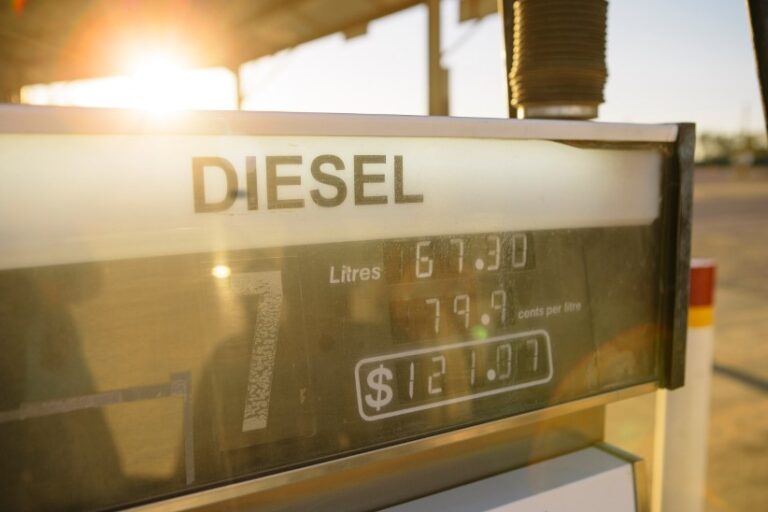– By Caroline Falls –
In 2015 US headlines were dominated by Volkswagen and Audi being ordered to recall some half a million vehicles over diesel emission systems. This resonated in Australia where diesel and the two German auto brands are increasingly popular.
Both Audi and Volkswagen almost doubled their sales of light vehicles in Australia in the last five years (60,225 in 2015 – a new record). In the same period, diesel-powered vehicle sales also increased dramatically. So much so that diesel now powers more than half of the light commercial fleet on Australian roads.
The New York Times article headlined “VW is Said to Cheat on Diesel Emissions; US orders big recall” was the newspaper’s top business story of the day. On Saturday, within a day of it being published, the story was heavily shared by readers and ranked third most emailed. Twitter too was alight, with VW and Audi owners among the interested. The story made headlines on Australian television Saturday night.
The NYT reported that the recall involved nearly a half-million four-cylinder Volkswagen and Audi vehicles from model years 2009-15. Affected diesel models include the 2009-15 Volkswagen Jetta, 2009-15 Beetle, 2009-15 Golf, 2014-15 Passat and 2009-15 Audi A3.
The US Environmental Protection Agency ordered the recall and accused the auto maker of manipulating emission data software and systems in order to defeat regulations. Fines of as much as $37,500 for each recalled vehicle, for a possible total penalty of as much as $18 billion, could be invoked, NYT said.
The software was designed to conceal the cars’ emission of the pollutant nitrogen oxide, which contributes to the creation of ozone and smog. Richard Corey, an executive officer on the California Air Resources Board, credited “dogged detective work in the lab” for the discovery of the software and said Volkswagen had admitted using defeat devices. NYT said.
“They appear to have designed a system with the intention to mislead consumers and the government. If that’s proven true, it’s remarkable and outrageous,” Tyson Slocum, director of the energy program at Public Citizen, a consumer advocacy group, was reported as saying.
Diesel is more popular in Australia than in the US, where just 5 percent of light duty vehicles sold are diesel-powered, according to the US Fuels Institute, according to US magazine Lubes ‘n’ Greases in “Australia’s Switch to Diesel Shakes up Lube Market”.
Australians and fleet operators in particular turned to diesel technology when the price of petrol spiked in 2008 to a record $1.60 a litre.
In addition, increased spending power of the Australian dollar against the Euro in the wake of the 2008 global financial crisis meant that European vehicle manufacturers including Mercedes Benz, Renault and BMW starting bringing diesel cars and vans to Australia in bigger numbers. Audi and Volkswagen sales to Australia almost doubled in the five years to 2015.
Volkswagen’s sales of passenger vehicles grew 92.7 percent in the five years to 2015, according to the Australian Bureau of Statistics National Vehicle Census. Audi’s grew 94.7 percent in the same five years. Together, VW and Audi are badges on some 511,381 vehicles, holding a small 3.8 percent share of the passenger vehicles registered in Australia as at 1 January 2015.
Meanwhile, the ABS also shows that the diesel-powered light commercial fleet has grown 38 percent to 1,561,423 vehicles in the five years to January 1, 2015. Diesel power now accounts for more than half, or 53.7 percent, of the light commercial fleet.
The trend to diesel is not unique to Australia. In Europe, about half of passenger cars run on diesel.






